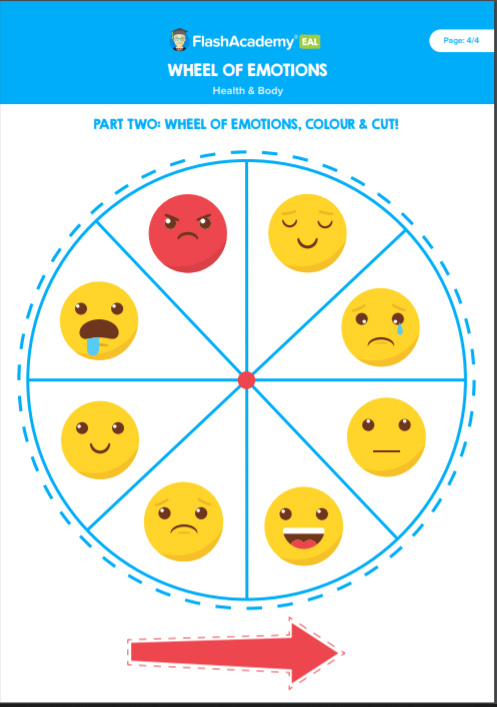Industry News

In the past year, education has been all about adjustments. Remote learning has been hard for all school children, but without targeted provisions and resources, it may have been harder for learners with English as an Additional Language (EAL).
With all school settings now fully reopened, pupils are now having to make yet another change to their everyday schooling.
For EAL learners, these patterns of adjustment could be similar to reverse culture shock. Symptoms include: feeling as if you don’t fit in, being extra critical, exhaustion, and self-doubt.
The narrative around ‘catch-up’ learning and academic attainment is dominating the education headlines, but what’s paramount is that pupils ‘catch-up’ on their friendships and social interactions too. In a world where -even before the Covid-19 pandemic- technology connected us to each other as never before, we all crave human interaction – especially children.
School is a place for imaginative and physical connection, something which the digital space cannot replace. It is also a more natural environment for exposure to the English language.
Social interaction has suffered
It’s thanks to technology that children have stayed connected through their screens. However, a survey carried out last summer with teachers using FlashAcademy found that, although their pupils could continue English language acquisition from home, EAL pupils were more likely to have experienced isolation and loneliness during lockdown for reasons such as lack of connection with other pupils due to language barriers.
Now that schools have reopened their gates to all, it may be difficult for this cohort of learners to readapt to learning environments and to rebuild social developments. How can we overcome this and bring a wellbeing focus into the EAL classroom? Thankfully, there are lots of useful strategies to implement!
Younger children can vocalise physical symptoms of illness but will often struggle to verbalise distress and other emotions, which can be even more challenging if English isn’t a first language. Secondary school EAL pupils may also struggle to communicate their feelings, because of language barriers and differing cultural perceptions of mental health.
Thinking about mindfulness
Practising mindfulness in the classroom is therefore a great way to encourage pupils to express their feelings. With this free mindfulness resource, EAL learners in particular will learn the vocabulary they need when talking about how they feel, through comprehension texts and multiple activity ideas.
We should also talk about the importance of sleep – because without a healthy sleep routine, our moods can suffer negative impacts. Using this free resource, learners can understand the importance of sleep through reading texts and activity ideas.
Even though we’re now used to this ‘normal’ way of living, it’s natural for children (and adults!) to still feel concerned, especially as the school environment looks different now – testing areas, wearing masks, etc. We can help children to find the positives in uncertain situations, such as practising using the 2nd conditional to talk about how we would handle situations we’re not prepared for.
This way, we can help pupils develop a toolkit of steps they can take if they’re not sure how to cope in unfamiliar scenarios. The more practice we have at accessing positive thoughts, the easier it becomes to turn to one of those instead of a negative one. You can find such wellbeing activities like positivity pauses through these free pack.
Emotions and emojis
Emojis have become an integral part of social media, but they can also be a fun way to help EAL pupils to build confidence about vocabulary. For example, why not present them as a creative writing tool where pupils choose 4 emojis and write a short story linking the emojis together.
They are also effective for helping EAL learners to understand idiomatic expressions such as ‘to feel green’ or ‘mind-blown’. Emojis are a great way to check comprehension and emotions of learners, too. Use this wheel of emotions and the emoji flashcards resources either at the start or end of your lessons to promote conversations around thoughts and feelings by your EAL pupils.
Education isn’t just about learning algebra or Romeo & Juliet; it’s valuable preparation for a child’s future – whatever their native language. Supporting functional language for ‘day-to-day’ life and growing interpersonal skills not only betters their chances of enjoying fulfilling social relationships but also helps them to achieve academically. Let’s help them to settle back into the social aspect of school surroundings. https://flashacademy.com/
Register for free
No Credit Card required
- Register for free
- Free TeachingTimes Report every month